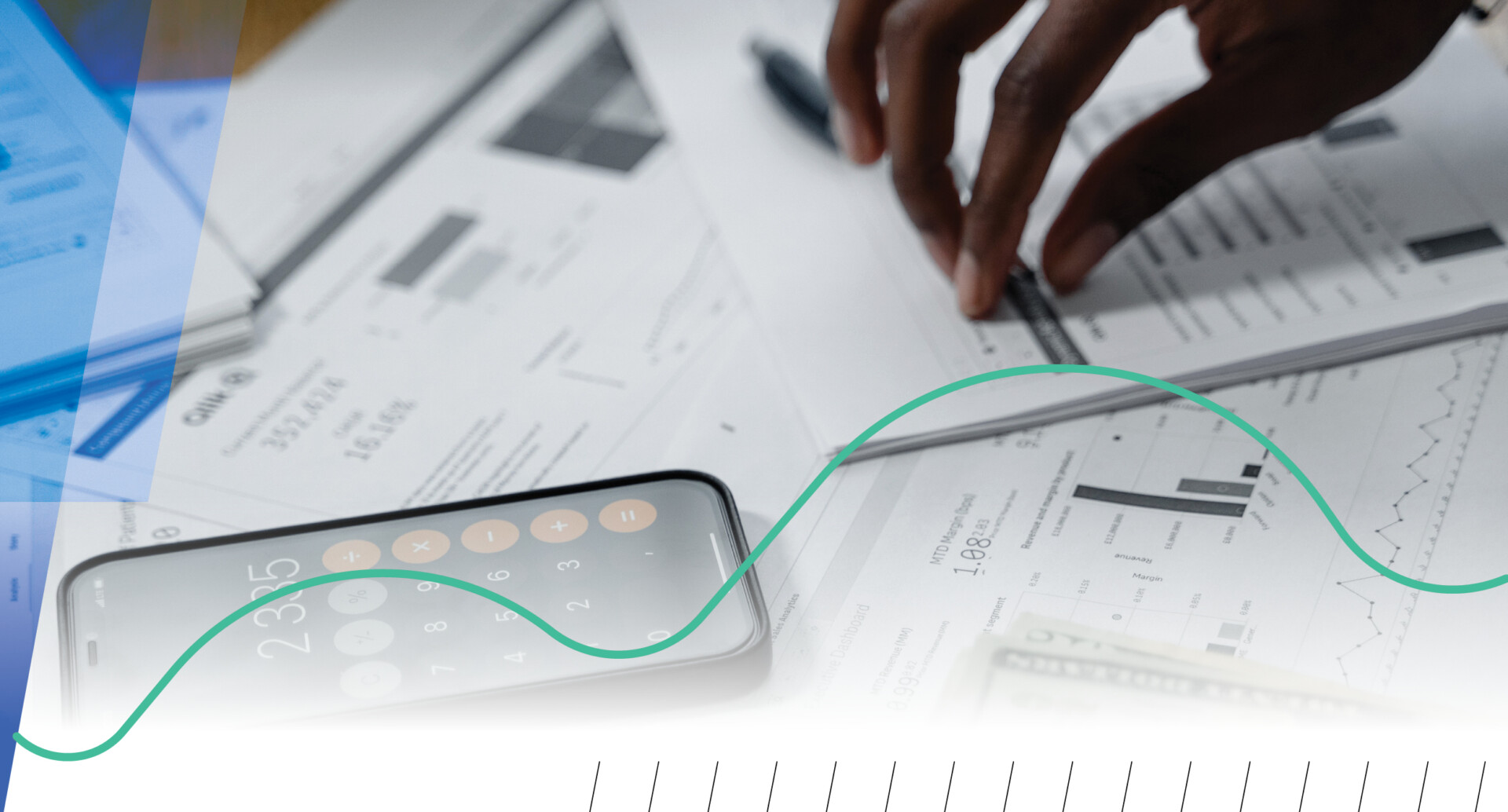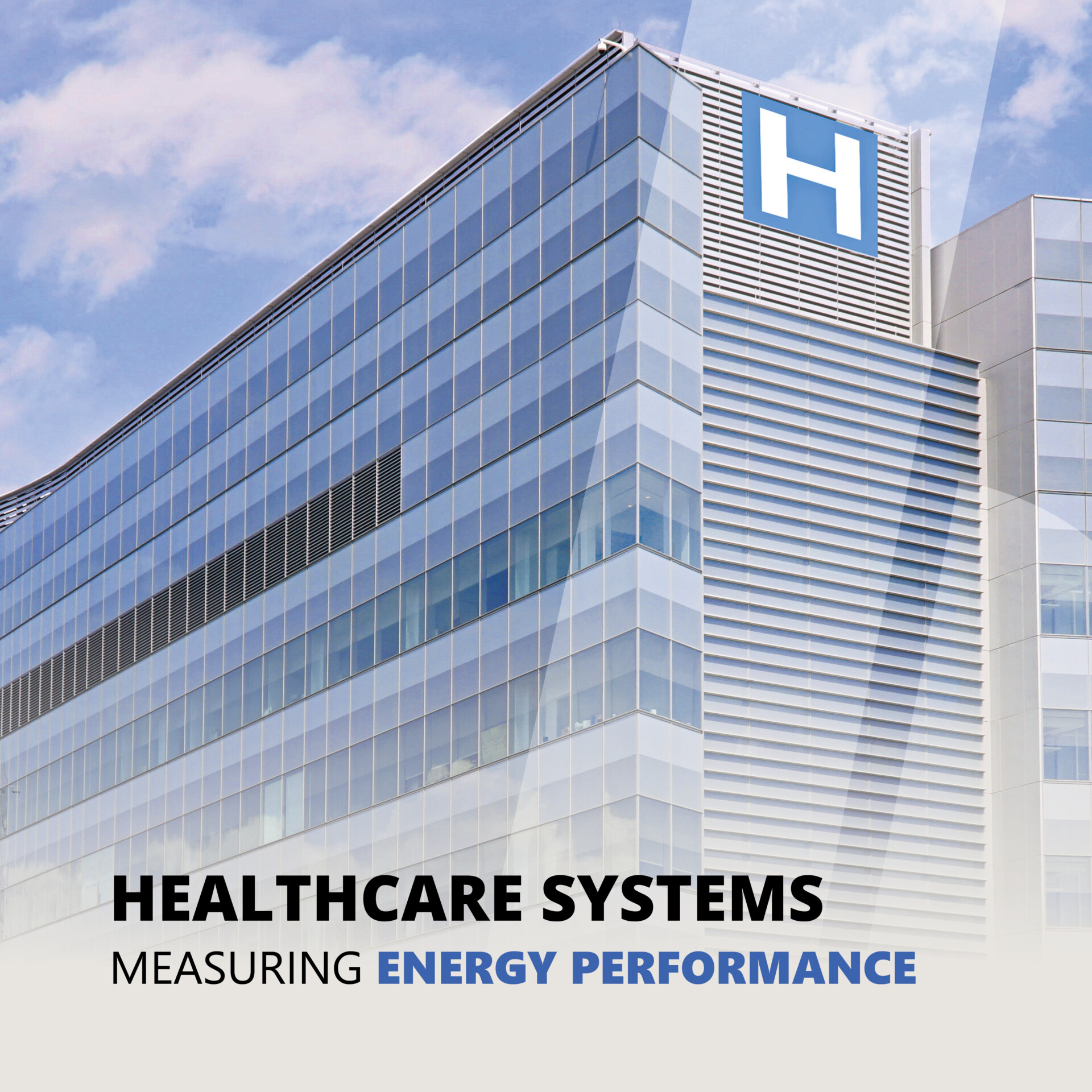
Learn to leverage utility bill data to reduce costs
If opening your utility bill each month conjures the same sense of impending doom as watching Michael Myers stalk the innocent people of Haddonfield, Illinois, then you may need a more strategic approach to energy management.
Many businesses simply pay their utility bills. It’s too much headache to calculate usage patterns, let alone look for errors or discrepancies.
But you don’t have to be scared to open your utility bills. In fact, utility bills are full of useful information about the energy use of your real estate portfolio. Understanding your bills will help you monitor energy usage, check for errors, and perform benchmarking against other buildings so you can learn how your buildings stack up.
Once you get the hang of it, reading your bill will take just a few minutes each month. Ultimately, you can reduce your utility costs and carbon footprint, creating a positive impact on your organization and the planet.
UNDERSTANDING YOUR UTILITY BILL
Check Your Meter Information. The meter’s serial number confirms the energy was measured at your building. TIP: The meter may be replaced from time to time, so watch for this in your bill because sometimes billing errors occur.
Review Your Billing Period. The beginning and ending reading dates define the billing period. Some billing periods are longer than others during the year. The length of the period typically ranges from 28 to 34 days.
Know Your Usage. Usage is shown in kilowatt-hours (kWh) for electricity and hundred cubic feet (ccf) for natural gas. Usage is the amount of energy used during the billing period.
Understand Demand. Demand generally appears on the electric bill only. It is shown in kilowatts (kW) and represents the building’s highest rate of electric usage during the period.
Reading Your Charges:
- Energy Charge is the cost for your actual usage, based on your kWh or ccf.
- Supply Charge is the cost to deliver the electric power or natural gas to your meter, based on your kWh or ccf.
- Demand Charge is the cost for your highest rate of electric usage, based on your kW.
- Many utilities have a Demand Ratchet, which is a minimum charge tied to your building’s highest Demand of the year. The Ratchet may be higher than your building’s actual Demand in a billing period. If so, your Demand charge will be based on the Ratchet rather than your actual Demand.
- A Pressure Multiplier may appear on your natural gas bill. Many commercial buildings use natural gas at pressures higher than standard. If your building does, the pressure multiplier corrects the meter reading of your compressed gas back to a standard, non-compressed volume. While the multiplier corrects your gas volume, it does not impact the cost of your energy. Learn how JadeTrack’s software caught a multiplier issue and saved the Ohio Department of Rehabilitation $380k on their natural gas bill.
If your state has deregulated their utilities, you may have separate charges (or even a separate bill) from your third-party electric and/or natural gas energy supplier. You should add your utility’s bill and your third-party supplier’s bill to get your total cost for the month.
UNDERSTANDING YOUR ENERGY USAGE
Start by comparing this month’s electric and gas usage to the same month last year. On most bills, last year’s monthly usage is displayed in a table or bar chart. If your usage is trending lower, great! If it trends significantly higher than last year, try to identify reasons for the change.
You can compare costs the same way. Compare this month’s electric and gas cost to the same month last year. Is your cost trending lower or higher than last year?
You can fine-tune by looking at average rates. Divide your total charge by the kWh or ccf to get your monthly average cost per kWh or ccf. Compare your average rate to the same month last year, and to the previous month. Is your average cost trending lower or higher?
Some of the most common reasons for variations in usage and billing costs include:
- Billing Period. The length of billing period varies, based on the days between meter readings.
- Seasonal Use. Long, warm summer days require more air-conditioning and fan energy. Short, cold winter days require more heating and lighting.
- Change In Operations. New business activity, new equipment, or operating hours can impact your bill.
MONITORING YOUR ENERGY USAGE
While a single month’s comparisons can provide insight, monitoring your usage and costs over a longer period provides the necessary data to support deeper analysis. Some organizations manually input monthly utility bill data into spreadsheets to track usage and cost over time.
If you want an easier approach, HEAPY partners with JadeTrack, a software platform that automatically collects and analyzes your utility data for better visibility into how your building performs.
CONDUCT AN ENERGY ASSESSMENT
If you really want to understand all the ways you use energy and how best to reduce your utility bills and improve operations, an energy assessment is the way to go.
An Energy Assessment (aka Energy Audit) is a deep dive into the operations of your building, helping you understand how you use energy and how your building operates. An energy assessment will provide you with a list of areas for improvement, and help you prioritize measures to reduce your utility bills.
HEAPY recently conducted an energy assessment for a school district in northeast Ohio. After reviewing the district’s utility bills each month, we discovered that the district was not receiving a 2% discount to which they were entitled. When corrected, the school district received a $22,000 utility bill refund!
HEAPY offers comprehensive energy assessment services and will partner with you to get your building operating at peak performance. LEARN MORE HERE
Don’t Forget Rebates. Your utility company may subsidize or provide rebates for companies that undertake energy efficiency efforts such as an energy audit. Make sure to check with your utility company about potential financial incentives before you start.
STRATEGIC ENERGY MANAGEMENT
Turning your utility bill into actionable data is a great place to start if you want to reduce your energy usage and improve facility performance.
If you’re interested in a more comprehensive approach to reducing your utility costs, reach out to our team for assistance.
 Patty Spangler Patty SpanglerSenior Energy Engineer HEAPY |
 Kate Williams Kate WilliamsAccount Executive JadeTrack |





